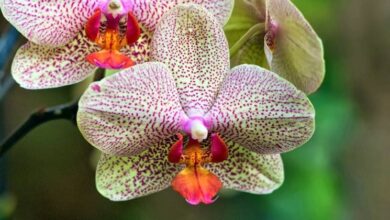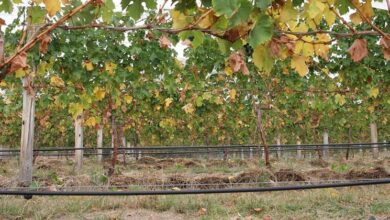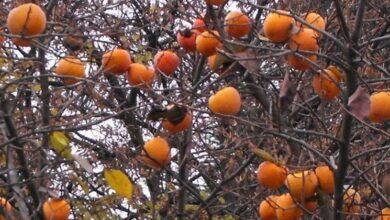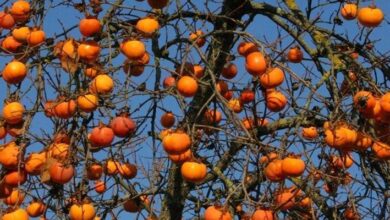Pruning cherry laurel
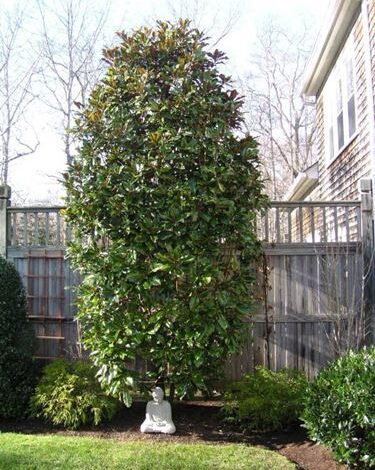
Cherry laurel
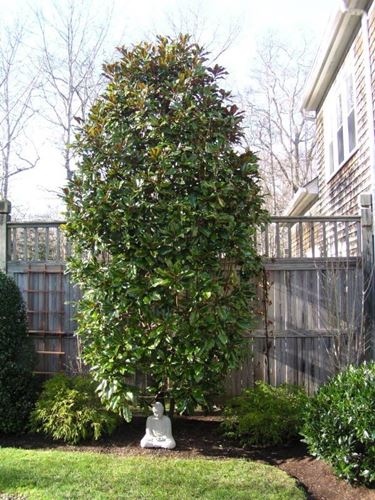
Pruning
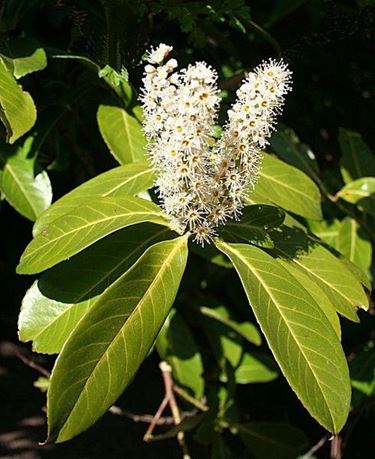
Pruning Cherry Laurel is not difficult, just recognize the branches that can be removed. The fact that pruning is simple depends on the plant since it does not have a productive function and therefore only the grown branches must be shortened in order to give shape to the sapling. The pruning of these shrubs varies according to the bearing of the cherry laureland based on how they were grown. Laurocerasi can be cultivated in two different ways: the first is in groups of plants in order to create high or dense hedges, the second instead is as a solitary tree cultivated for aesthetic and shading purposes. The way in which to cut the laurocerasi and the best times to carry out the pruning change according to the shapes that these plants present. The hedge laurel must be cut to remove the grown branches and bring them all to the same height in order to create a «barrier» for our gardens. The solitary cherry laurel trees, on the other hand, must be cut to eliminate the branches that have grown too much and come out of the foliage or those that have grown too much and take up space in the garden.
Hedge pruning
As for the pruning of the Lauroceraso hedge, they must be carried out in the periods from June to September twice a year. The first pruning is advisable to do it in June because doing it later would mean running the risk of blocking the vegetative development of the plants. Between the pruning of the hedges and those of the single sapling, those of the hedges are much simpler. The only thing to do is to identify the branches that have different heights or that protrude too much compared to the other branches of the canopy. The height of the branches of the hedge must be symmetrical to obtain a real barrier. The tools to be used for pruning are scissors, shears and any other suitable tools. If the branches are too big to be cut with scissors, you can use the hacksaw. It is advisable to make cuts starting from the top and reaching downwards to allow drainage and the passage of irrigation water. It is good to know that any type of tool that is used for pruning must be cleaned and disinfected both before and after using it.
Cherry laurel pruning: Tree pruning
The pruning of the solitary cherry laurel should be done twice a year in the month of March, June or September. This sapling should be pruned to shorten the twigs in order to improve the shape of the crown and to stimulate the birth of new shoots. We have said that there are two pruning to be done: the first must be done to the oldest and most woody saplings, where the branches have become too long and take up too much space in the garden, protruding from the foliage. The seas to be removed can be recognized by observing the main branches, while the main ones must be left as they are, the secondary ones must be cut. The prunings that are carried out later in June or September only serve to improve the shape, to make the tree lush and tidy. When we proceed with the pruning we must be careful not to damage the other parts of the plant such as the leaves, these serve to give the decorative beauty to the Cherry Laurel. The shape and length to be given to the plant are obviously decided by the pruner or, at most, by the owner of the plant. Usually, if the plant is small, the branches are cut to a maximum of about fifteen centimeters in height, but if the plant is larger, the branches must be shortened by thirty / forty centimeters. To avoid making mistakes in the cuts it is advisable to first identify the twigs to be removed and then proceed with pruning. The shape and length to be given to the plant are obviously decided by the pruner or, at most, by the owner of the plant. Usually, if the plant is small, the branches are cut to a maximum of about fifteen centimeters in height, but if the plant is larger, the branches must be shortened by thirty / forty centimeters. To avoid making mistakes in the cuts it is advisable to first identify the twigs to be removed and then proceed with pruning. The shape and length to be given to the plant are obviously decided by the pruner or, at most, by the owner of the plant. Usually, if the plant is small, the branches are cut to a maximum of about fifteen centimeters in height, but if the plant is larger, the branches must be shortened by thirty / forty centimeters. To avoid making mistakes in the cuts it is advisable to first identify the twigs to be removed and then proceed with pruning.

